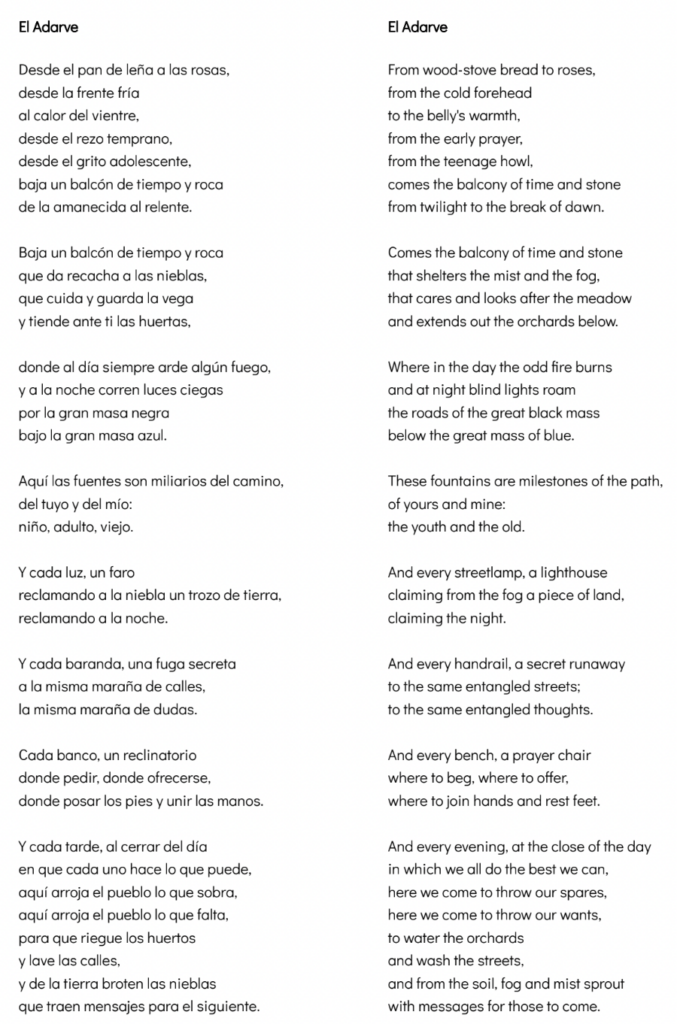Tour of the Excavation
Collaged from text in the ‘Ice Age to Iron Age’ gallery at the Great North Museum, Newcastle, UK
The enigma is why this civilisation became extinct at the same time as a peak in carbon 14, which is a natural element, but in an unusual arrangement. More than 100 ideas have been put forward, including warfare, ritual activity, and technology which aimed to capture carbon or shape the landscape. Some even imagine that people left for a nomadic existence as hunter-gatherers.
There is very little surviving evidence. Settlements were submerged by rising sea levels; metal and bones are rarely found due to the acidity of the local soils.
We know that these people had a concept of history: our excavations discovered a house built for collecting and recording the past. This is a rubbing stone, used with a flint to light fire. How do you feel when you handle it?
They also created art. Stone surfaces, carved with abstract imagery, can be found throughout this site. The meanings of these symbols are lost to us today, yet they clearly held significance for their creators. Look at the different patterns: the simplicity of the spirals, the distinctive leaf-shaped designs. Trace them with your finger.
This is a battle axe made from granite. It is likely that fighting sometimes scoured the surface of the land. But burial monuments suggest that people had a belief in the afterlife and higher power.
Here is the most important find. Pollen is a virtually indestructible, microscopic part of a plant. It’s being used in a research project, to create seeds. Experiments show that these vast, treeless plains could easily be transformed.
Both tools and pollen being deposited in one place provides evidence that, even as technology became increasingly sophisticated, people still honoured a relationship with the land.
Look through the viewers to see what a grain of pollen looks like. Here, please touch. Thousands could fit into the palm of your hand.
Laura Webb (she/they) is a junior doctor whose writing explores themes of illness and healing, working-class history and the climate crisis. She co-edits Consilience, a journal for art and poetry about science. Instagram: @laurawebbpoetry
Low Season at Whitby
The sea tide sucks and curses at the stone steps
Who left this slime here? It’s fucking lethal.
The gulls look for excuses, one eye at a time,
But flinch before the spite that whistles
Off the waves and down the foreshore.
Cold has wrapped its scarf around
The harbour walls. Boats churn
Through a heaving grey blancmange,
Their regret at leaving carved into their wake.
The tide has turned, but there’s nobody to see.
Bring me your cargoes, your good times.
Bring me the salt of centuries. I have gilded
Coffers to fill. A weight of expectation.
Bring me a party mood. Dancing is
Definitely on the agenda. But all I have right now
Are twinkling lights. And they are far out to sea.
No-one knows how far the tide will go today.
Fisher-folk no longer set their watches on the turn.
Mud turns to mud. There is no shore line here.
Just a change in viscosity.
The gulls do know the tide will turn. The bottom step
Has seen it all before, and soon the wind will drop,
But summer is a long, long way away.
Edward Alport is a retired teacher and proud Essex Boy. Currently a poet and gardener. He has had poetry etc. published various webzines and magazines and performed on BBC Radio and Edinburgh Fringe. He used to post snarky micropoems on Twitter as @cross_mouse.

Jaime del Adarve is a poet, composer and translator. His social and introspective poems usually run along instrumental musical pieces. After fifteen years of writing in darkness, his first poem met the public eye in April 2024 through OPIA magazine.
